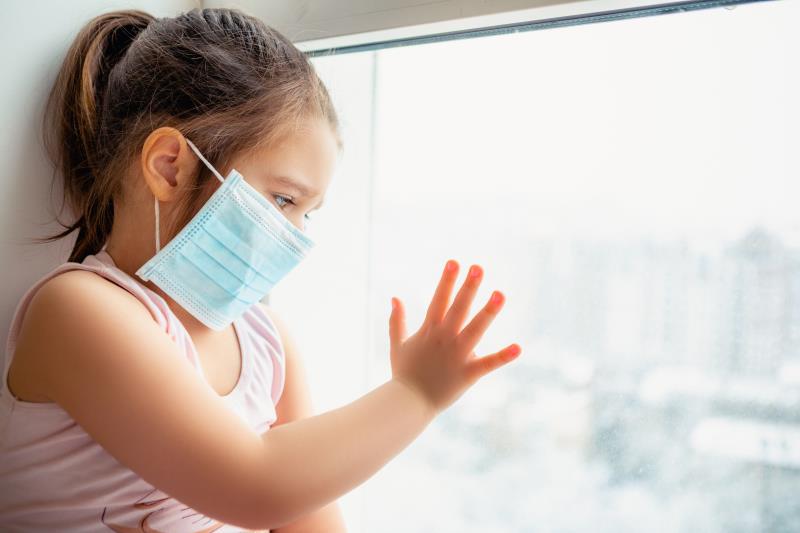
The epidemiological traits and clinical features of coronavirus disease 2019 (COVID-19) vary between children and adults, according to a recent study.
“Most published studies focused on adult patients with COVID-19, but data concerning paediatric patients are limited,” said the researchers.
The researchers retrospectively analysed 74 paediatric patients with laboratory-confirmed COVID-19 (median age 6 years, 59.5 percent male) who were admitted at Qingdao Women’s and Children’s Hospital and Wuhan Children’s Hospital in China between January 20 and February 27, 2020. Detailed epidemiological data was collected to determine exposure history. Real-time reverse transcription polymerase chain reaction testing of nasopharyngeal swabs was performed to confirm COVID-19 status. All patients were discharged after recovery and were followed up for 14 days. [Pediatrics 2020;doi:10.1542/peds.2020-0961]
Among those with known symptoms at disease onset and during hospitalization, 27.03 percent had fever and 32.34 percent reported mild cough only. These were much lower than those reported in adult patients, with rates ranging from 83.0–98.6 percent (fever) and 59.4–82.0 percent (cough). [Lancet 2020;395:497-506; JAMA 2020;323:1061-1069]
Only one-third of the population had abnormal laboratory findings (19 had elevated and four had decreased leukocyte count, six had elevated and four had decreased lymphocyte count). “Given that children under 6 years of age have higher lymphocyte counts than adults, these indexes should be interpreted with caution,” noted the researchers.
“Most children had relatively mild disease with good prognosis, which could also be seen in children infected with … other respiratory viruses,” said the researchers. However, a high rate of co-infection was observed (51.35 percent), with 42.11 percent having two or more pathogens other than SARS-CoV-2*.
“The high co-infection rate in children highlights the importance of SARS-CoV-2 screening, especially during the peak season for colds, influenza, and other respiratory ailments … [Therefore,] more attention should be drawn to children with COVID-19 who also have co-infection with other common respiratory pathogens,” underscored the researchers.
Although half of the patient population demonstrated abnormal chest computed tomography (CT) findings, only nine had typical changes suggestive of COVID-19, and most were nonspecific for SARS-Cov-2 infection. Adult patients typically demonstrated radiological changes, primarily multifocal areas of ground glass shadows and bilateral infiltration, noted the researchers. “[However,] the role of chest CT in the diagnosis and management of COVID-19 in children still needs to be determined,” the researchers noted.
“Thus far, there has been no clinically proven therapies and prevention options specific for COVID-19. The therapeutic strategies for paediatric patients are largely based on experience [in] adult patients … [Tailored treatment plan and] standardized management should be considered for paediatric patients with COVID-19,” said the researchers.
Further investigations are thus needed to establish treatments specific for a paediatric population with typical COVID-19 symptoms, they added.
Familial clustering
“Familial clustering is one of the common features of COVID-19 in children,” said the researchers, noting that almost all (95.9 percent) of the 68 children with complete epidemiological data were household contacts of confirmed adult patients whose symptoms developed earlier.
“Therefore, management strategies should also target symptomatic and asymptomatic carriers of SARS-CoV-2 who come from familial clusters,” they added.
*SARS-CoV-2: Severe acute respiratory syndrome coronavirus 2